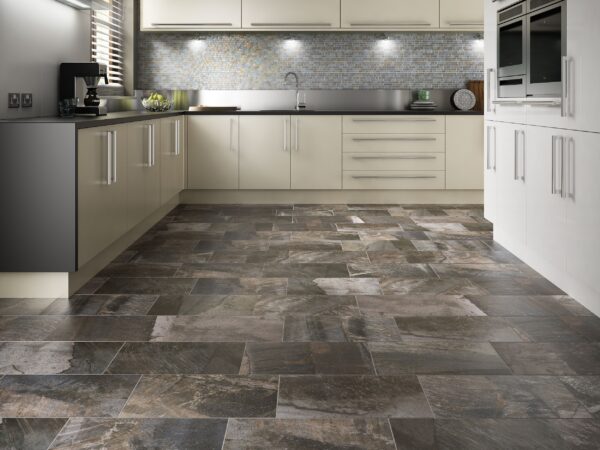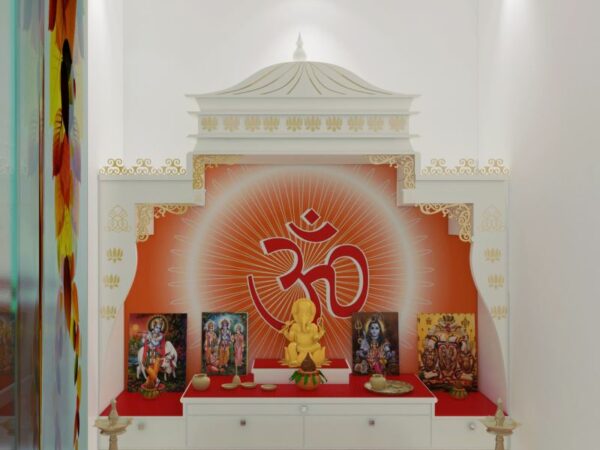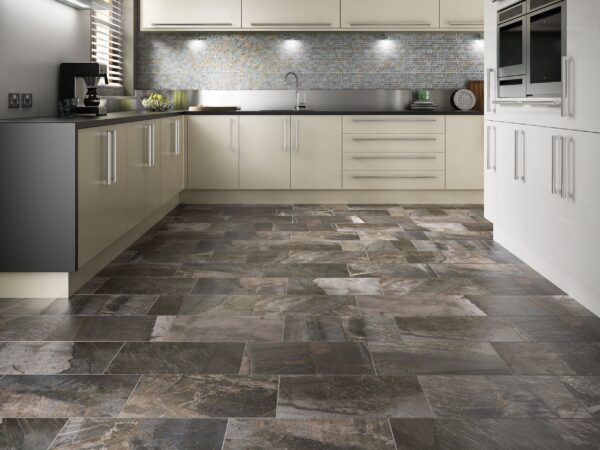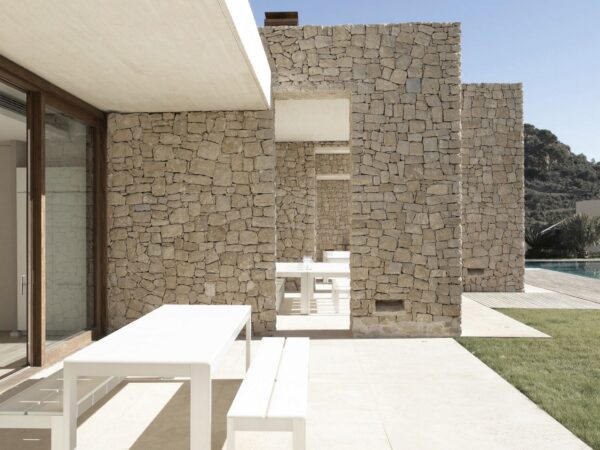HD Images are high-definition pictures. HD means High Definition. These images have a resolution of 1920 x 1080 pixels (1080p) or 1280 x 720 pixels (720p). HD images are often referred to as Full HD.
The term “Full HD” refers to the fact that these images are full screen. That is, they fill the entire display area of the device being viewed. If you view them on a computer monitor, they appear as if they were taken directly from the camera.
If you want to take a picture of something that’s not going to fit in the frame, you can use the zoom feature on your camera to get closer to what you’re shooting. You’ll notice that the image gets smaller as you zoom in. When you reach the point where the object fills the entire frame, you’ve reached the maximum magnification.
When you shoot video, you can do the same thing. As long as you don’t zoom out too much, you won’t lose any quality.
You may have noticed that some cameras allow you to choose between two different types of image sensors. One type is called CCD (Charge Coupled Device), while the other is CMOS (Complementary Metal Oxide Semiconductor). Both types of sensor work pretty much the same way, but each has its advantages and disadvantages.
CCD works by converting photons into electrons. Each pixel contains a tiny capacitor that stores the electron charge. When you turn on the shutter button, the capacitor discharges and the amount of time it takes to discharge determines how bright the pixel appears.
CMOS works differently. Instead of storing the charge, it converts the photons into electrical current. Because the current flows continuously, it doesn’t require a storage capacitor. However, the conversion happens at a rate slower than CCD, resulting in lower resolution.
In addition, CCD requires a special coating on the chip surface to prevent the electrons from leaking away before they’re converted into voltage. This coating is expensive and adds to the cost of manufacturing the chips.
CMOS does not need this extra step, so it costs less to make. But it’s still slower than CCD, so it produces images that are slightly darker.















